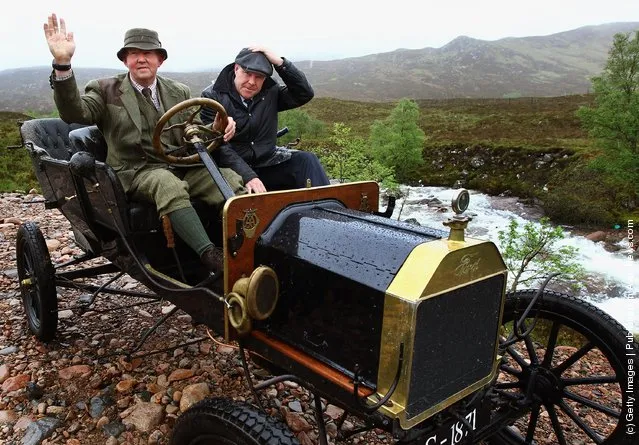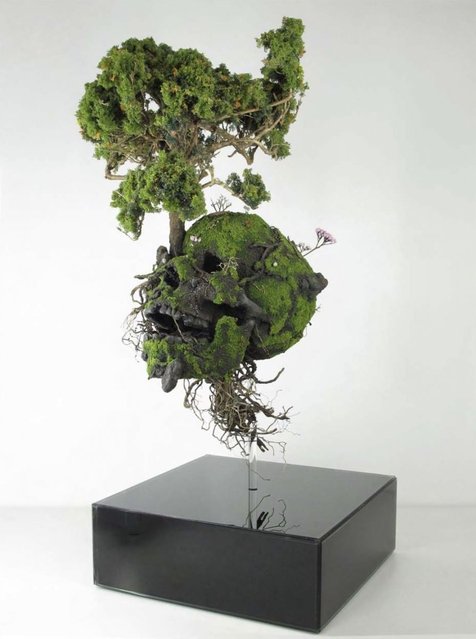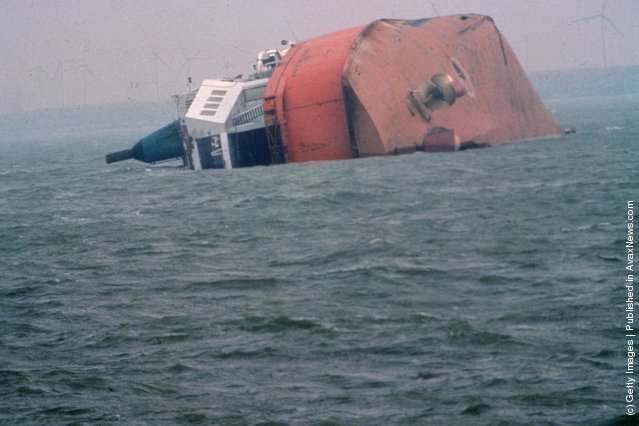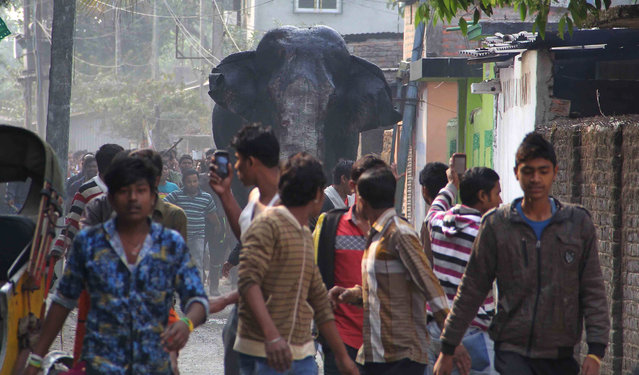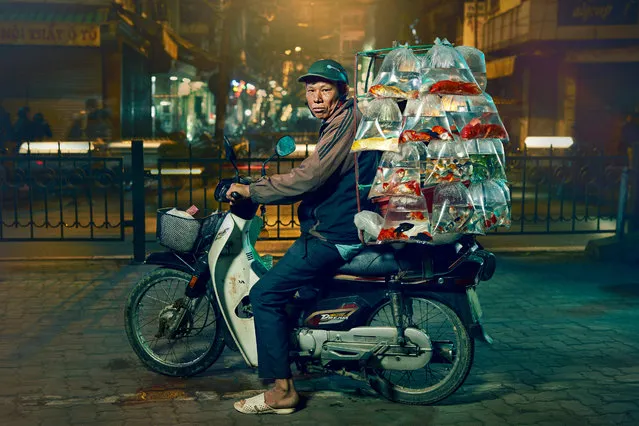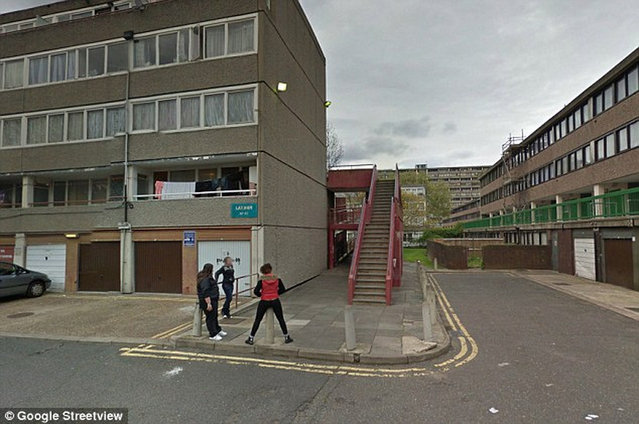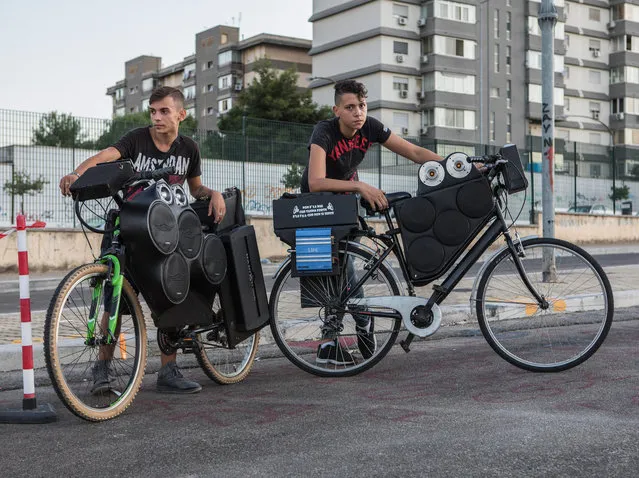
Bici Palermo Tuning – a group of teenagers from the Sicilian capital Palermo – spend anything up to €1,300 customising their bikes with car batteries and multiple speakers to develop thunderous sound systems. The police are not impressed. (Photo by Matteo de Mayda/Cosimo Bizzari/The Guardian)
11 Nov 2017 07:20:00,post received
0 comments

